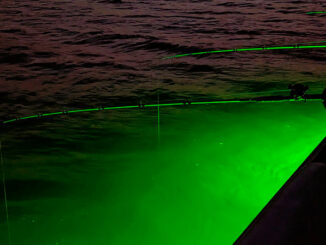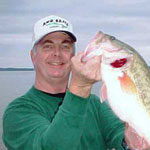Try this trio of South Carolina fisheries for October stripers
Leroy Suggs has Santee stripers figured out. (Photo by Terry Madewell)
Santee Cooper, Hartwell, Clar

Nighttime is the right time for catching Santee Cooper’s springtime stripers. […]

Copyright 1999 - 2024 Carolina Sportsman, Inc. All rights reserved.
Be the first to comment